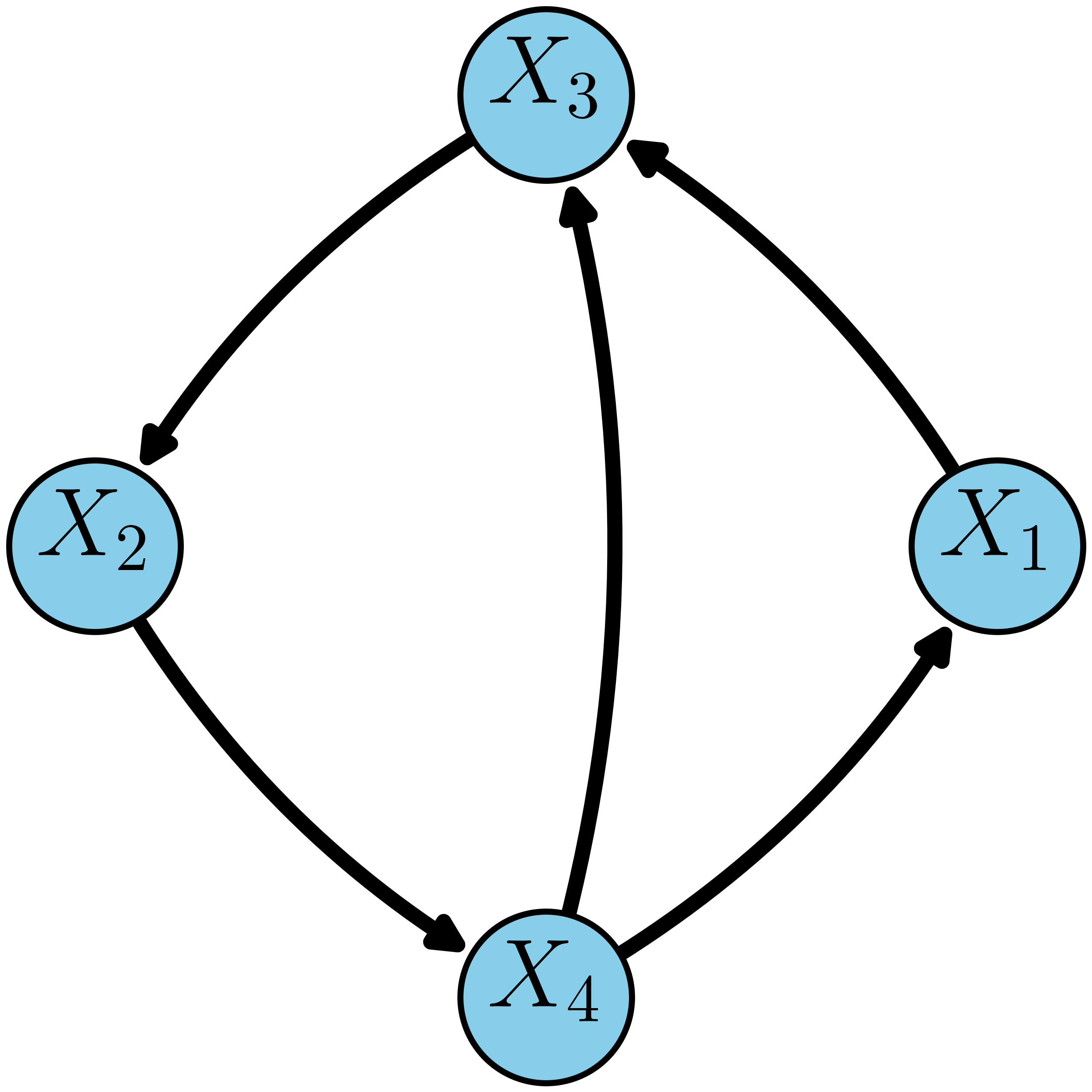Characterizing Distribution Equivalence and Structure Learning for Cyclic and Acyclic Directed Graphs
The main approach to defining equivalence among acyclic directed causal graphical models is based on the conditional independence relationships in the distributions that the causal models can generate, in terms of the Markov equivalence. However, it is known that when cycles are allowed in the causal structure, conditional independence may not be a suitable notion for equivalence of two structures, as it does not reflect all the information in the distribution that is useful for identification of the underlying structure. In this paper, we present a general, unified notion of equivalence for linear Gaussian causal directed graphical models, whether they are cyclic or acyclic. In our proposed definition of equivalence, two structures are equivalent if they can generate the same set of data distributions. We also propose a weaker notion of equivalence called quasi-equivalence, which we show is the extent of identifiability from observational data. We propose analytic as well as graphical methods for characterizing the equivalence of two structures. Additionally, we propose a score-based method for learning the structure from observational data, which successfully deals with both acyclic and cyclic structures.
PDF Abstract ICML 2020 PDF